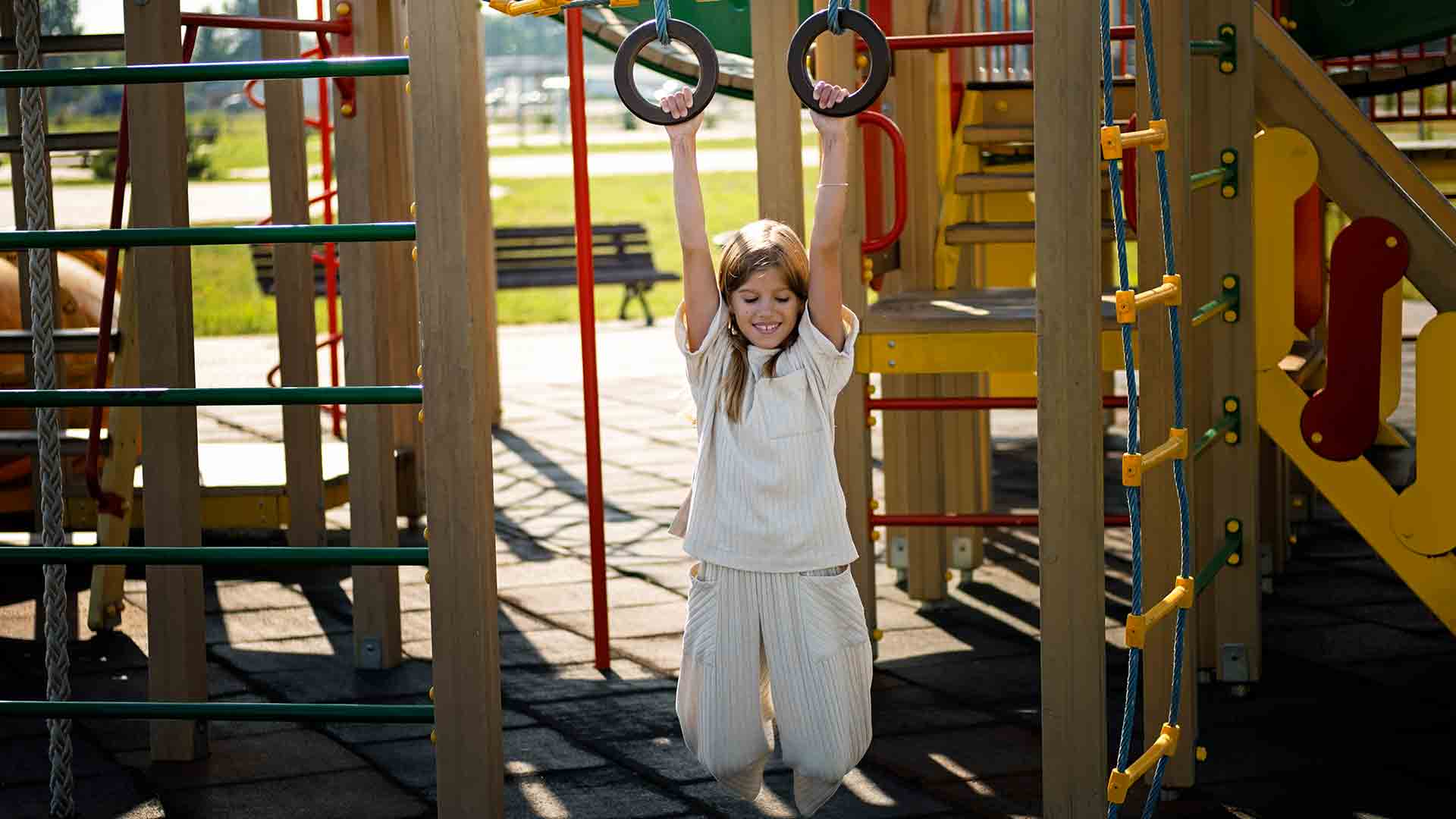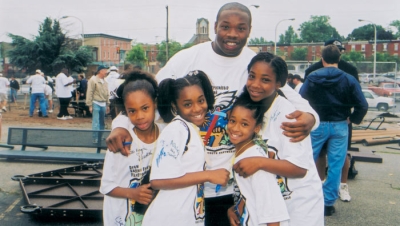Who needs to make that decision?
You may have heard this question asked: “Why does it matter what size structure my child plays on? Isn’t that how they develop?” Sure, it is, but imagine hanging your two-year-old on an overhead ladder structure and saying, “Ok, Jimmy, climb across and don’t fall down.” Doesn’t it just seem like common sense to keep little Jimmy off a structure that really can bring a serious injury if he were to fall, say, six to eight feet?
Don’t you just want to say “ouch” at the very least, imagining a small child falling, and not likely falling in a manner in which he might land on his feet, even? Children are not cats, and they aren’t going to fall like one. It’s hard to believe that someone would subject a child to this type of possible injury, but it really does happen. Sometimes people really don’t watch their children and help them discern what to play or not play on. Some do think that just because they are on the playground, all structures are fair game for children of all sizes.
Anyone who has watched one of these smaller children fall, and not prettily either, and sustains a broken arm or maybe worse could cite exact reasons why a four-year-old child shouldn’t be playing on an eight-foot deck.
The little girl on the cover of this issue is a prime example. Four-year-old Lexie and her brother, 7-year-old Tristan were at this particular playground for a day of play. When asked if he might have his best smile on for some photos while he played, Tristan said, “Who could not smile when you get to go to a playground!”
Interestingly enough, nobody had to tell Lexie to come play on the smaller structures, more her size, while Tristan played on the larger structures. She just gravitated toward the structures on which she felt more comfortable playing. Tristan did the same, he went for the larger and more challenging structures, which was fine since he is older.
You can’t count on children to always make that decision in that way though. Some children just go for whatever structure looks interesting. There’s really nothing that says Lexie had the exact thought that the smaller structures were “appropriate” for her to use, but it did work out for the best. Honestly, as she felt more comfortable on the smaller structures, she moved on to greater heights on the smaller structure, her mom keeping a close eye to make sure she wasn’t getting in over her head. Who knows what heights she was more comfortable with as the day wore on? Since I wasn’t there, I wasn’t watching and couldn’t know. This brings me back to the main point.
It really is something supervisors need to watch for—where the children are playing. Some children will try to go to the “top of the mountain” so to speak, while others seem to stay where they feel comfortable. This can sometimes be right where they belong but sometimes not. Pay attention to the age-appropriate signage at your local playground. If there is no signage, find out who to talk with to get it installed. It really does make a difference in the level of safety at play.







Add new comment